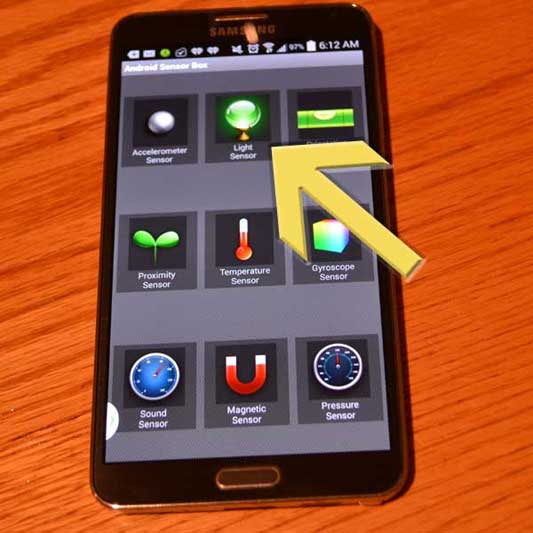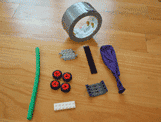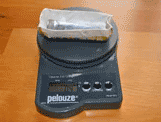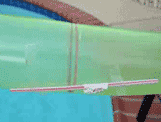
3
DifficultyLight Sensor - Light Physics Experiment using an Android
Posted by Admin / in Physics Experiments
A light sensor is able to measure the intensity of light. Most smart phones now have a light sensor built right into the phone. The light sensor is used by the phone's camera to detect light to take a good photo. This sensor is also available for use by any app.
This article will focus on how to use a light sensor on an Android Phone. The phone we used for testing is the Samsung Galaxy Note 3. It uses a Maxim MAX88921 RGB Sensor to detect available light. Other Samsung Galaxy phones use similar sensors. Most every modern smartphone with a camera has a light sensor. There are many different apps that display a light value, based on the reading of the sensor. Learn about the physics of light and how a this type of sensor works by experimenting with a smart phone's built-in light sensor.
Items Needed for Experiment
- Android, iPhone or Smartphone with light sensor
- Light Measurement App – We used "Android Sensor Box"
- Light – natural or artificial
ANDROID LIGHT SENSOR INSTRUCTIONS
Step 1: Obtain and install an Android sensor app on the Android smartphone. We used the Android Sensor Box app which is free. This app also has more modules including a temperature sensor, pressure sensor, sound sensor, magnetic sensor and more. There are other free light sensor apps available. Go to the Google Play store and search for "light sensor". The search results will bring up a list of options with different ratings.
Step 2. Click on the sensor app icon to start the app. You will see 9 different icons. The light sensor module is the top middle icon. It appears like a green lighted globe and is labeled "light sensor". Click on the icon to activate the light sensor module.
Step 3. The camera's RGB sensor detects the amount of light intensity. Move the phone around the room or outside and watch how the light meter readings change. See how differently the light sensor reacts to artificial light and natural sunlight.
SCIENCE LEARNED
Natural light and artifical light are different. Try experimenting by testing different light sources such as LED lights, direct sunlight and older light bulbs. Try testing the light readings by taking measurements in a dark area using a flashlight.
-

7
DifficultyAir Powered Car Experiment
Make a car that is powered from compressed air.
-

5
DifficultyCompass Experiment
Learn how to build a simple wet compass and dry compass, then compare the two types.
-

8
DifficultyHow to Calculate Buoyancy Force
Experiment to determine the buoyancy forces acting on a floating and submerged object.
-

6
DifficultyHow to Make a Balloon Rocket
Use a balloon to propel a rocket across the sky. Teaches kids simple physics concepts.
-

5
DifficultySoil Erosion Experiment
Experiment to teach kids how soil erosion occurs and how erosion is stopped in real life.
